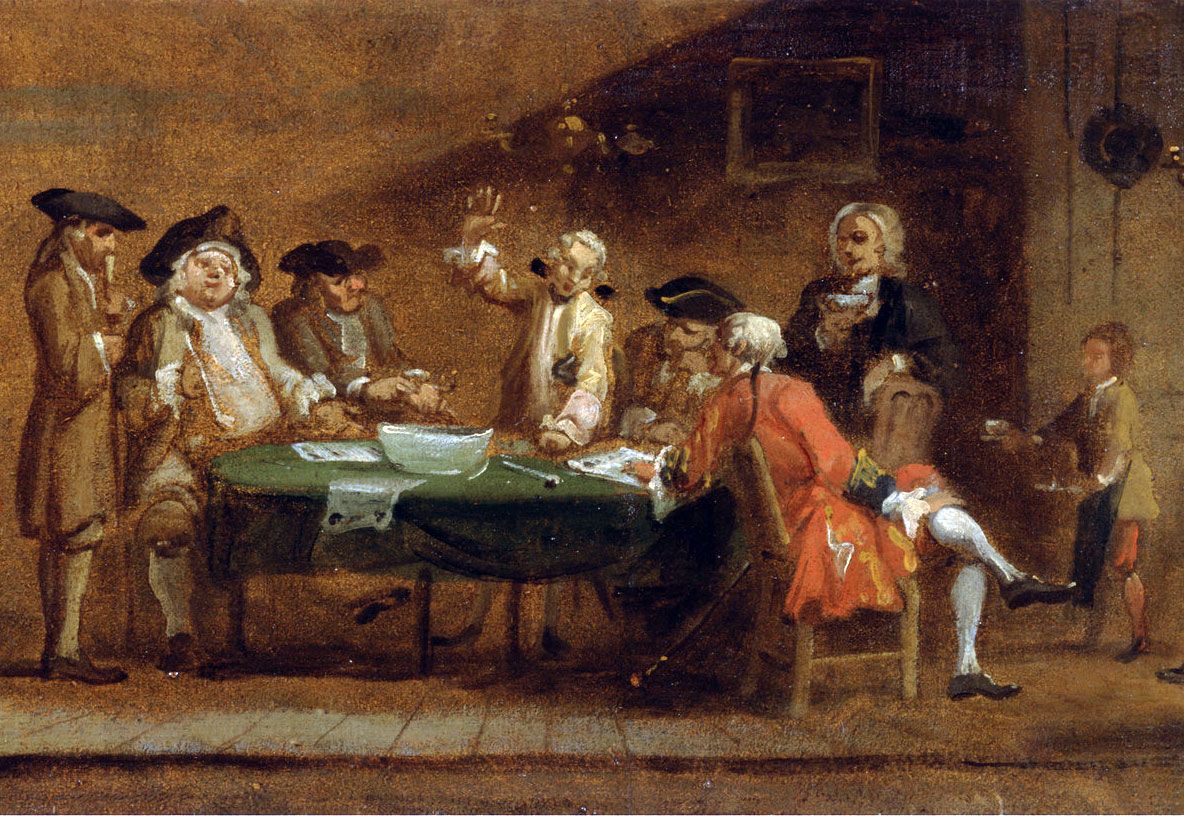cross-posted from: https://lemmy.ca/post/24844976
In the late 1600s, London coffeehouses were a preferred hangout for political men and writers.
“Unlike the tavern, the alehouse or the inn,” writes historian Brian Cowan, the coffeehouse “was a novel institution.” Although coffee-oriented gathering places had been common in the Arab world for hundreds of years, coffee was a new arrival to Britain in the 1600s. The first coffee-houses opened in the 1650s. By 1663, writes Matthew Green for The Telegraph, there were 82 coffeehouses in central London. Part of the reason, he writes, was their novelty. But with this rise came a backlash: In a hilarious pamphlet published in 1674, a group of women came out against the “newfangled, abominable, heathenish liquor called coffee.”
It’s difficult to tell if the writers of the The Women’s Petition Against Coffee were actually women, writes historian Steve Pincus, or if they were representing what women actually thought about coffeehouses. More likely, he writes, the satires were written in order to help make coffeehouses unpopular as they were perceived as sites of political unrest. (Charles II tried to ban the establishments in a year later.)
In the Women’s Petition, the supposed wives of coffee-drinkers bemoaned the fact that coffee-drinking was such an intellectual, effeminate pastime that it had rendered their husbands impotent and “as unfruitful as those deserts whence that unhappy berry is said to be brought.” (Coffee-growing lands are generally very rich and fertile.)


